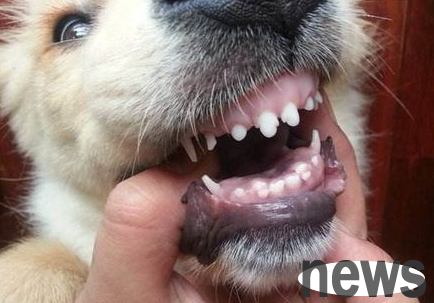What should I do if my female dog has hypocalcemia after childbirth? What is "postpartum hypocalcemia"?
Postpartum hypocalcosis in female dogs is a disease characterized by systemic ankylosing spasm, difficulty breathing, and increased body temperature due to decreased blood calcium. Postpartum hypocalcemia in dogs is also known as postpartum eclampsia and a serious metabolic disorder after delivery.
What should I do if my female dog has hypocalcemia after childbirth?

During breastfeeding, sometimes it will tremble, twitch, and be restless during breastfeeding. Many owners are puzzled by this phenomenon. In fact, there is a disease called postpartum hypocalcemia"
1. What is "postpartum hypocalcemia"?
Poor child hypocalcosis is a disease characterized by systemic ankylosing spasm, dyspnea and body temperature increase due to decreased blood calcium. Postpartum hypocalcemia in dogs is also known as postpartum eclampsia and a serious metabolic disorder after delivery.
The body temperature rises after onset, up to 43℃, with movement disorders, general body spasms, convulsions, abnormal dog consciousness, but it responds when calling and is sensitive to external stimuli. It is more common in excitatory dogs, and is more common in small dogs about 30 days after delivery.
2. Why do female dogs suffer from "postpartum hypocalcemia"?
If the female dog lacks calcium food and vitamin D in her dog food, she will easily get this disease. During the pregnancy stage, as the puppy develops and bones form, a large amount of calcium in the female dog's mother is taken away by the fetus.
In the breastfeeding stage, the amount of calcium in the blood enters the milk very much, exceeding the mother's compensation ability, which can show increased muscle excitability and symptoms of systemic spasm.
3. Symptoms of "postpartum hypocalcemia"
If a female dog suffers from postpartum hypocalcemia, it mostly occurs about 15 days after delivery, and generally there is no sign and suddenly occurs. The affected dog shows uneasy, excitement, strong gait, sometimes howling, unsteady standing, strong muscle twitching throughout the body, foaming at the mouth, difficulty breathing, cyanogenic mucosa, body temperature rises by more than 40℃, and some female dogs can reach 42℃.
4. Diagnosis and treatment of "postpartum hypocalcemia" in female dogs
1. Generally speaking, the diagnosis can be confirmed based on clinical symptoms and blood tests. Once the dog's serum calcium test is less than 7 mg, it can be confirmed that "postpartum hypocalcemia". The specific treatment methods are as follows:
2. Intravenous infusion of 10% calcium gluconate is a very effective therapy. Generally, most of the symptoms can be relieved when 1/2 of the amount of calcium infusion is injected, and the symptoms can be eliminated after the full amount of calcium is injected. 10% calcium gluconate injection 0.3 g/kg body weight, 30 ml of glucose saline/kg body weight, mixed intravenous drip. 1 time per day, 2-3 consecutive days.
Symptom-based treatment, reduce fever.

3. Improve the feeding formula of female dogs and give foods that contain a lot of calcium. You can feed bone soup, crucian carp soup, black chicken, pig's trotters, etc. to nourish the female dog, but it cannot be cooked too greasy.
4. It is best to stop breastfeeding the puppy or reduce the number of breastfeeding. During the period when breastfeeding, you can feed puppies with milk replacement powder for pets, which is a goat milk powder for pets, which is specially designed to replace breastfeeding for female dogs and puppies who cannot breastfeed to supplement nutrition.
Suggestion: When encountering this situation, the owner must be sent to the hospital for emergency treatment in time. Most female dogs have continuous convulsions. If rescue is not promptly done, treatment will be delayed and they can die within a few hours. The consequences are unconceivable.




